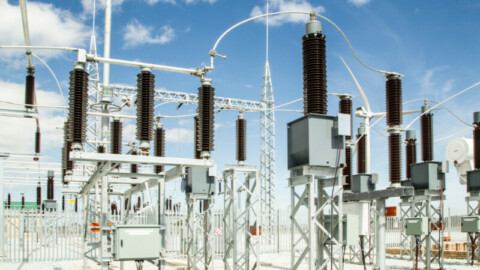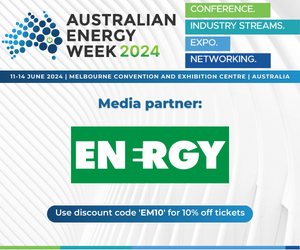Over the next several decades, Australia’s energy mix is projected to change radically thanks to progressive consumer demands and new technologies. Developing a long-term vision for the energy sector requires careful consideration about how technology, regulation, market structures and customer needs may evolve over time.
Fiona Orton, Future Grid Manager at TransGrid, said that such foresight will critically inform how we upgrade the grid to handle an increasingly complex energy mix.
“We are currently experiencing a once-in-a-generation transformation in the mix of power supplying Australian homes and businesses,” Ms Orton said.
“Today, almost 90 per cent of electricity generated in NSW comes from coal, but over the next 20 years, the majority of these power stations will reach the end of their technical lives and are likely to retire.
“We expect around 15-20GW of wind and solar to be needed in NSW by 2040, in addition to significant storage and behind-the-meter distributed resources.”
In the lead up to her presentation at the 2019 Australian Energy Storage Conference and Exhibition, Ms Orton explained that transmission — as the underlying nervous system that seeks to connect generators, storage sites and end users in an organised manner — faces a tall order as generation centers shift and dependence on energy storage grows.
“While today’s generation is mostly located near coal fields, future generation will be clustered in regions with high quality renewable energy resources,” Ms Orton said.
“This will require a reconfiguration of our electricity system, with transmission playing a vital role in connecting these new generation sources in an orderly way.”
When asked how Australian energy companies could best plan for long-term grid evolution, Ms Orton asserted that an optimal strategy consists of the combination of affordable renewable generation, higher geographical interconnection, and grid support service upgrades — with consumer interests never far from mind.
“An integrated approach for the complete energy system will be required to successfully deliver the long-term energy transition.
“This will require the connection of low-cost renewable energy generation ahead of anticipated coal retirements; the development of firm and dispatchable capacity to ensure reliability; the sharing of geographically diverse resources; and the development of new grid support services to manage system security and regulatory evolution.
“All parts of the energy supply chain must be involved, with the long-term interests of consumers always the central consideration.”
While the frequent fluctuations in consumer preferences can be difficult to predict, Ms Orton explained that the distinct cultural shift towards electric vehicles and intermittent resources means that DERs and demand-side resource flexibility will only become more important.
“As distributed storage adoption increases, these resources will have significant potential to deliver cost-effective Demand Management services.
“Non-network solutions are already a key part of TransGrid’s network planning, and we actively seek to procure them when they can defer or avoid capital investment and reduce consumer prices.
“If integrated into the electricity system in a coordinated way, distributed resources have the potential to lower energy prices for all users, by reducing peak demand, increasing utilization of existing infrastructure and providing cost-effective non-network and grid support services.”
Hear more from Fiona Orton about the transmission perspective on grid evolution at the 2019 Australian Energy Storage Conference and Exhibition, running from 13 – 14 June at the International Convention Centre in Sydney. For more information or to register, visit australianenergystorage.com.au.

















